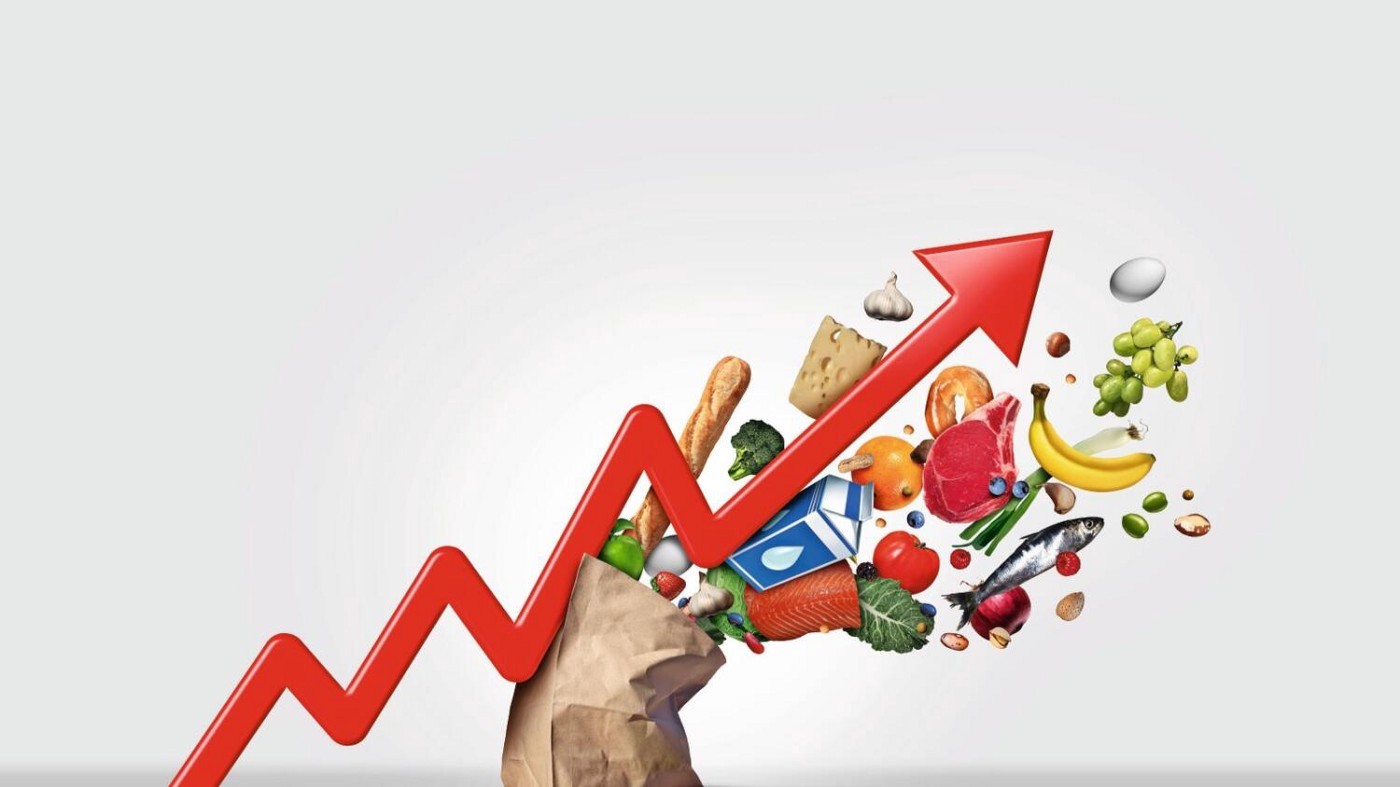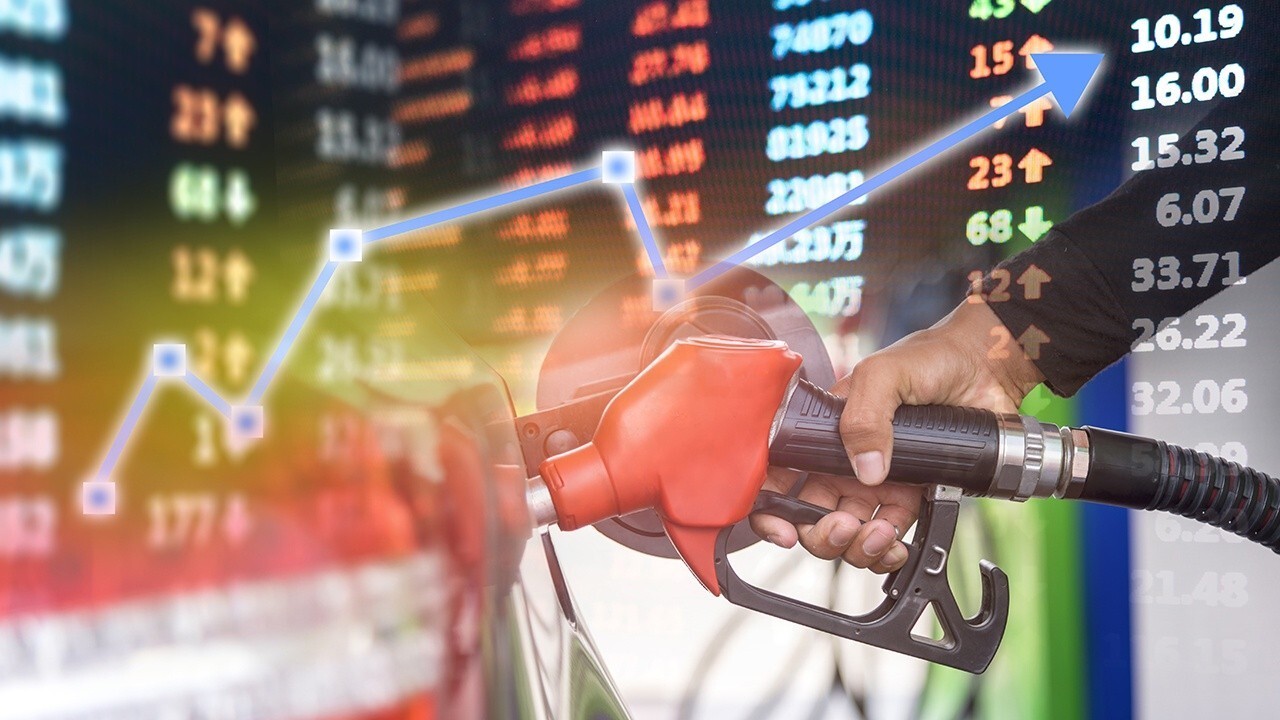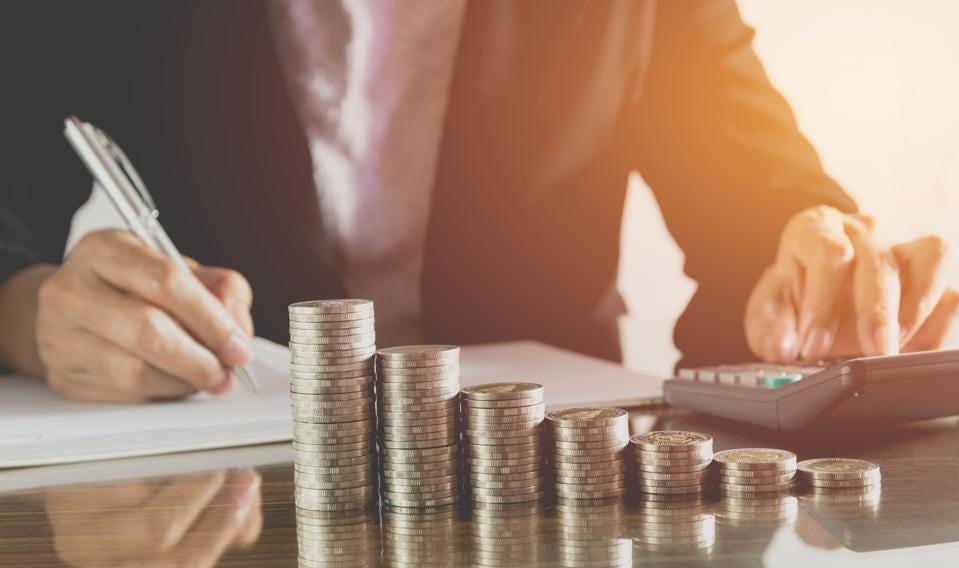A “perfect storm” of global inflation: The story doesn’t belong to anyone
After the Covid-19 padamic, global inflation has a significant impact on everyone’s cost of living from ordinary people to businesses and the stock market. The storm price of goods and services over a period of time has hit countries around the world hard and fast, even as we inch towards a new endemic era.
Rising inflation in many countries around the world
In the US-European region and advanced economies, 60% of countries have annual inflation rates above 5%, according to the Bank for International Settlements. This is the largest rate since the 1980s, also a serious problem for central banks, which typically target inflation at 2%.
In the UK, inflation is at a three-decade height. The country’s consumer price index in April increased 7% year-on-year in 2021 based on the official figure released by the government. This is the highest level in 30 years and 10 times higher than the same period last year.
Meanwhile, in emerging economies, more than half have inflation rates above 7%. For now, China and Japan are notable exceptions as inflation remains low.
Even in Japan, which has faced very low or negative inflation rates for decades, there is an indication of higher prices. Last month, the Japanese government survey said inflation forecast this year could hit 2.7%, the highest level since 2014.
Particularly in Vietnam, the government has done well to control inflation through price management of many essential goods and services. So on average, in the first half of 2022, core inflation increased 1.1% over the same period in 2021 and lower than the average consumer price index (CPI) (up 2.25%). However, compared to the target of controlling inflation below 4%, there is not much room left.
What creates global inflation? – “A perfect storm”
Inflation has many causes, but they mainly break down into two camps: demand-pull and cost-push. Demand-pull occurs when an increase in the demand for goods and services leads producers to raise prices to maximize profits. Cost-push happens when producers raise prices because their costs have gone up.
It’s all too easy to blame Covid-19 for global inflation. However, SMU Assistant Professor of finance, Aurobindo Gosh explained that a “perfect storm” of factors has contributed to the current inflationary era.
Such factors could range from climate disasters that have destroyed crops and energy lines, to supply chain disruptions. For example, insufficient labor or pandemic-related port closures and lockdowns, results in costly delays for retailers. So this leads to the raise in the price of necessary items.
Especially, the Russia – Ukraine conflict has extremely impacts on the globalized supply chain of oil. In particular, the conflict in Ukraine has resulted in the decline of Russian oil production. Additionally, the conflict causes instability in Ukraine, which is an important transit country for oil and gas pipelines. This has led to an increase in global oil prices, as the supply of oil is reduced.
Furthermore, the US Federal Reserve’s move to lift interest rates to tame inflation means that the cost of borrowing will rise, as banks will likely charge higher fees for loans and credit products. This would lead to higher prices for assets like cars and houses, and impact the cost of living for people who have their debt or other loans.
What are the consequences of global inflation?
At its worst, inflation can seriously lower the value of the money you’ve invested and save for retirement. It can also set off a vicious cycle that sparks a recession. With an overall decline of purchasing power, consumers drastically cut back on spending, even on necessities. As a result, businesses cut back on investing and spending, and they lay off workers.
However, before that happens, the Fed may choose to combat inflation by bumping up interest rates. This takes money out of circulation, thereby cooling the economy down before it overheats.
It’s important to keep in mind that inflation isn’t necessarily negative. At the target rate of 2% to 3%, it can be the hallmark of a healthy and growing economy.
Tips to protect your savings from global inflation
- Shop around for the best interest rate: Interest rates on savings accounts vary, so make sure you shop around for the best rate. On large amounts of money, a difference of only 0.5% can have a big impact on how much interest you earn.
- Choose your investments wisely: For savings over and above your emergency fund and short-term needs, consider whether you could move a portion of this into investments with better potential for long-term growth.
- Seek expert advice: A sensible investment strategy should involve holding a wide variety of assets, and using tax-efficient investment vehicles. Understanding what is right for you isn’t always easy – and that’s where getting some smart advice can help.
Bottom line
Inflation is associated with rising prices across the board. A variety of factors can cause global inflation, including government action. Sometimes, even, it’s the government’s attempt to control inflation that can make it worse. But a little inflation is a good thing, proof of an expanding economy. So keep a cool head and make wise decisions to help yourself weather global inflation!






